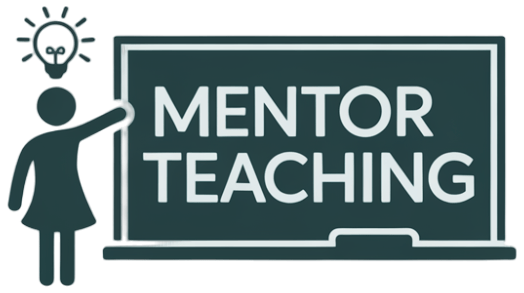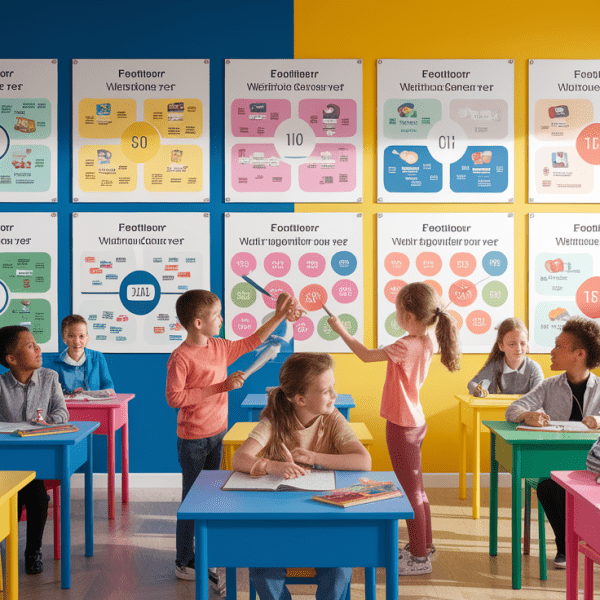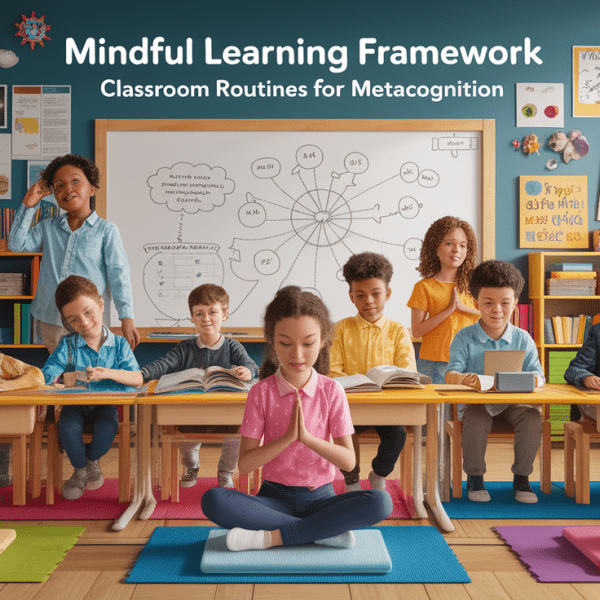Kickstart Your Peer Tutoring Program
Imagine a classroom buzzing with energy—students not just listening but teaching each other, sharing ideas, and building skills together. That’s the magic of peer tutoring, a powerful form of student mentoring and collaborative learning that transforms academic support into a dynamic partnership. Whether you’re aiming to boost engagement, strengthen academic performance, or foster community spirit, launching a peer tutoring program can be both exciting and impactful. The secret? Start with clear intentions and a little bit of structure, and watch the transformation unfold!
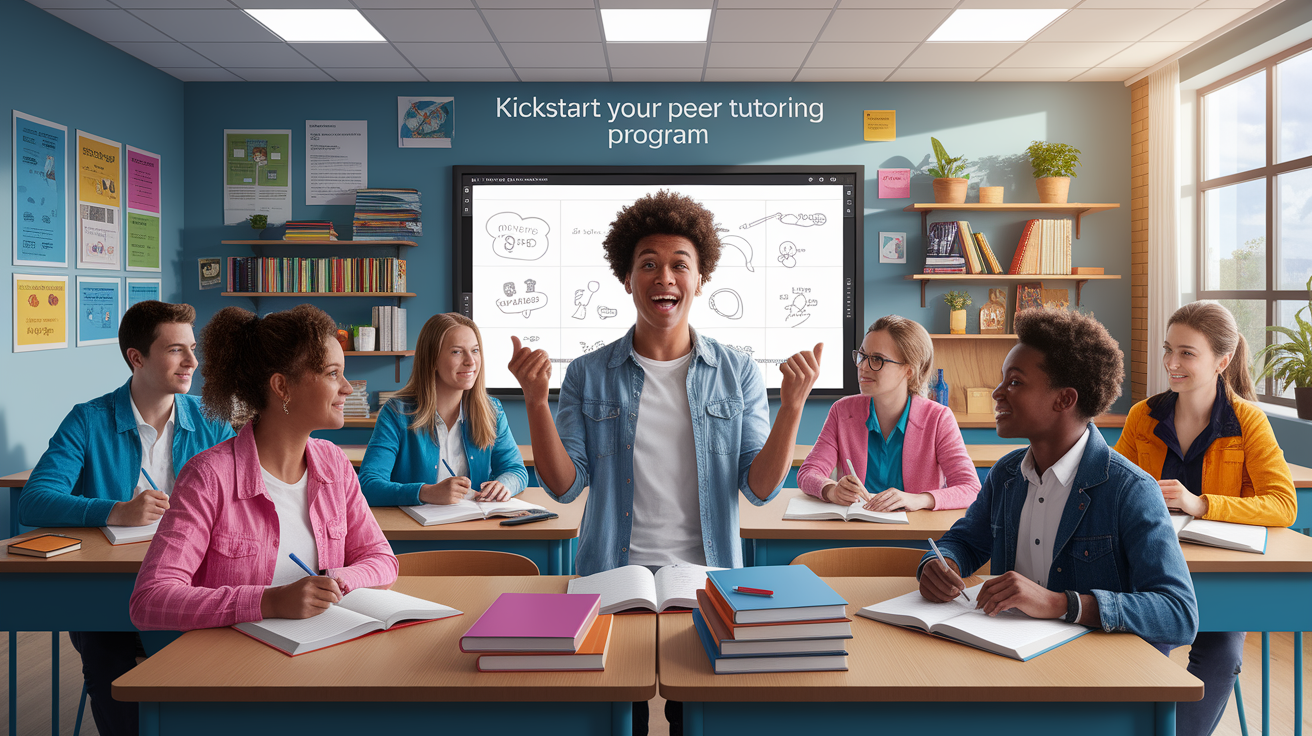
Planning Your Program Framework
Every successful peer tutoring journey begins with careful planning and structuring. According to resources from Inclusive Schools, forming a planning team ensures that goals stay realistic and aligned with student needs. Define your objectives—are you improving academic achievement, developing communication skills, or providing targeted learning assistance?

Set up clear program procedures. That means developing tutor job descriptions, deciding on logistics such as scheduling, and creating a consistent session routine—goal setting at the start and reflection at the end, with sessions running about 30 minutes, up to three times a week. The more structured your peer support system, the more consistent and effective it becomes. Resources from Marzano Research offer insights into how structured routines help maintain quality across all sessions.
Recruiting and Preparing Peer Tutors
Peer tutoring is all about the people. Recruiting tutors isn’t just picking your highest achievers—it’s about selecting students who are enthusiastic, empathetic, and willing to learn how to teach. Assessment of candidates against clear criteria makes for strong tutor-tutee relationships and supports long-term success.
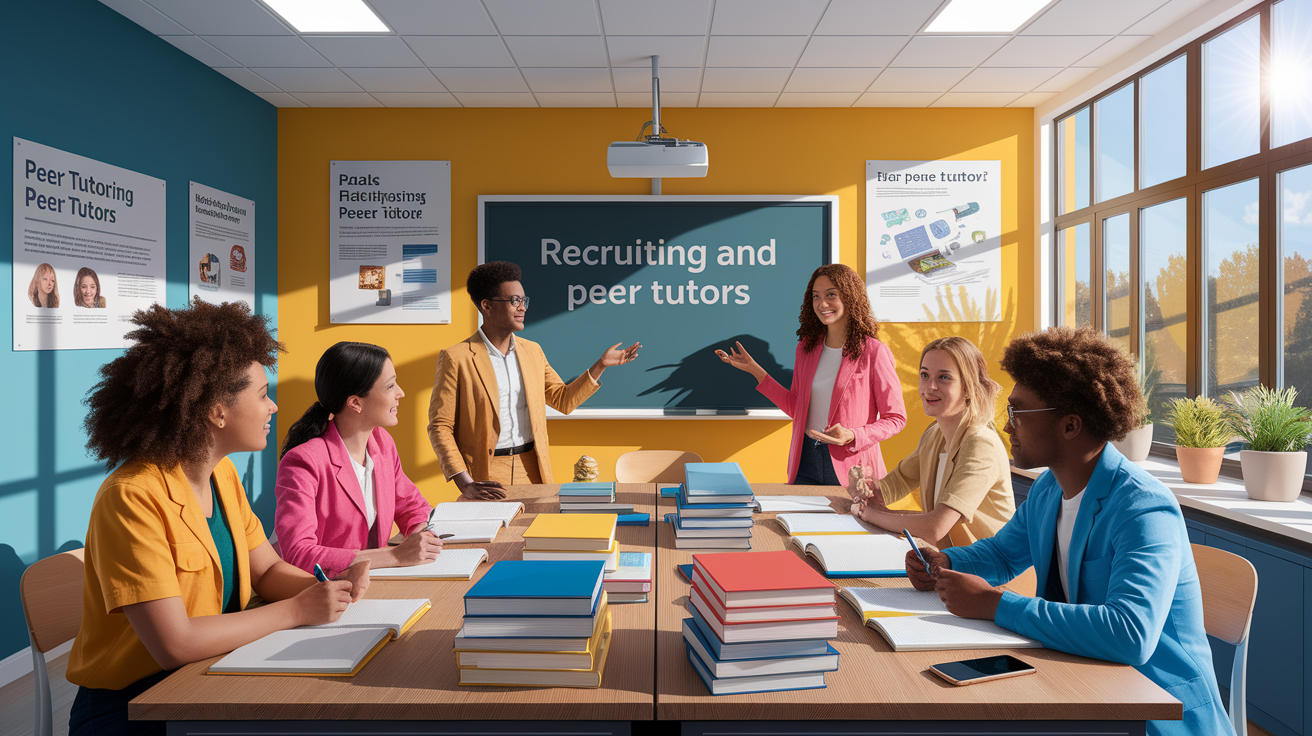
Effective preparation matters. Training should cover tutoring strategies, communication skills, and session management. As highlighted by research on classwide peer tutoring, quality training directly impacts learning outcomes. Build a tutor training program that includes role-playing scenarios, peer feedback systems, and collaborative teaching strategies to give tutors both confidence and competence in their role.
Pairing and Structuring Tutoring Sessions
Pairing tutors and tutees is part art, part science! Consider factors like age (same-age tutoring vs. cross-age tutoring), subject strengths, and personality compatibility. A good match can spark collaborative study sessions that are lively and productive.

Structure is your friend here—start sessions with clear objectives, use cooperative learning strategies during the lesson, and close with a reflection period. Building in reciprocal teaching moments, where students swap roles as tutor and tutee, encourages deeper understanding and ownership of learning. For practical tips, the Council for Learning Disabilities offers examples of session formats that maximize engagement.
Managing and Supporting Your Program
Even the best-designed program needs active management. Schedule regular check-ins with tutors to offer support, track progress, and address challenges. Using manuals or guides can help maintain program fidelity, while performance monitoring ensures quality remains high.
Continuous feedback is crucial—both tutors and tutees should feel heard. Consider implementing a reward system, such as recognition certificates or small incentives, as suggested by Marzano Research. These motivators keep energy levels high and participation consistent.
Monitoring Progress and Evaluating Impact
Tracking the success of your program means more than counting sessions. Use data to measure academic improvement, engagement levels, and confidence growth. Tools from Inclusive Schools highlight how regular monitoring and evaluation can refine practices over time.
Evaluation should be multi-faceted: consider academic performance metrics, student feedback surveys, and observational notes. According to empirical studies, consistent and well-implemented peer tutoring programs significantly boost educational outcomes, including spelling achievement and communication skill development.
Fueling Future Success in Peer Tutoring
Sustaining success means keeping your program fresh, relevant, and motivating. Adapt based on evaluation results—update training materials, rotate tutor roles, and introduce new collaborative learning activities to prevent stagnation. Creating a supportive environment built on trust and respect keeps both tutors and tutees engaged over the long term.
Best practices from Together Platform and Inclusive Schools suggest embedding rewards, fostering strong learning communities, and re-training periodically to maintain quality. Remember, peer tutoring is not just an academic intervention—it’s an educational experience that builds life skills, confidence, and a sense of belonging. Keep nurturing it, and watch future student leaders emerge from your program.
